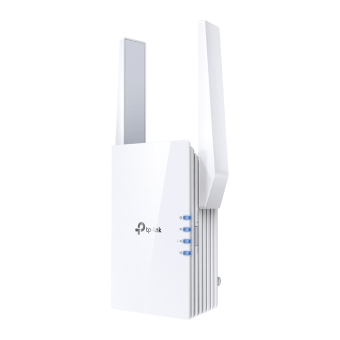How to build an Ethernet Backhaul using TP-Link EasyMesh Range Extenders
Building a robust and efficient EasyMesh network with Ethernet Backhaul is a great way to enhance your home Wi-Fi experience. In this article, we will guide you through the process of setting up an Ethernet Backhaul using EasyMesh Router and Range Extender.
Please note that the Ethernet Backhaul only works when both your main router and satellite device support EasyMesh Ethernet backhaul.
There are two scenarios:
Scenario 1: Change wireless backhaul to Ethernet backhaul
If both the main router and Range Extender are already in an EasyMesh network, and the firmware that supports Ethernet backhaul has been installed, you could directly connect the main router’s LAN port to the Ethernet port of Range Extender via an Ethernet cable to use Ethernet backhaul.
Scenario 2: Add a new satellite Range Extender to EasyMesh
At this point, please make sure the EasyMesh function on Range Extender is enabled. Then connect your main router’s LAN port to the Range Extender’s Ethernet port via an Ethernet cable.
You can log in to your Range Extender’s web management interface and check if the EasyMesh function is enabled. For how to log in, please click here.
Notes:
As long as the Ethernet backhaul is built successfully, the wireless backhaul will disconnect automatically. Similarly, if the Ethernet backhaul is disconnected for some reasons, devices will rebuild the mesh network via the wireless backhaul.
How to confirm if Ethernet Backhaul is working properly
Please log in to the web interface of the main router and go to EasyMesh page, you will be able to see the connection type of each satellite device, and Ethernet icon means it is connected via Ethernet Backhaul.
If it still shows wireless icon, please check if the Ethernet cable is functioning and connected correctly or not.

Este guia foi útil?
A sua resposta ajuda-nos a melhorar o nosso site.


